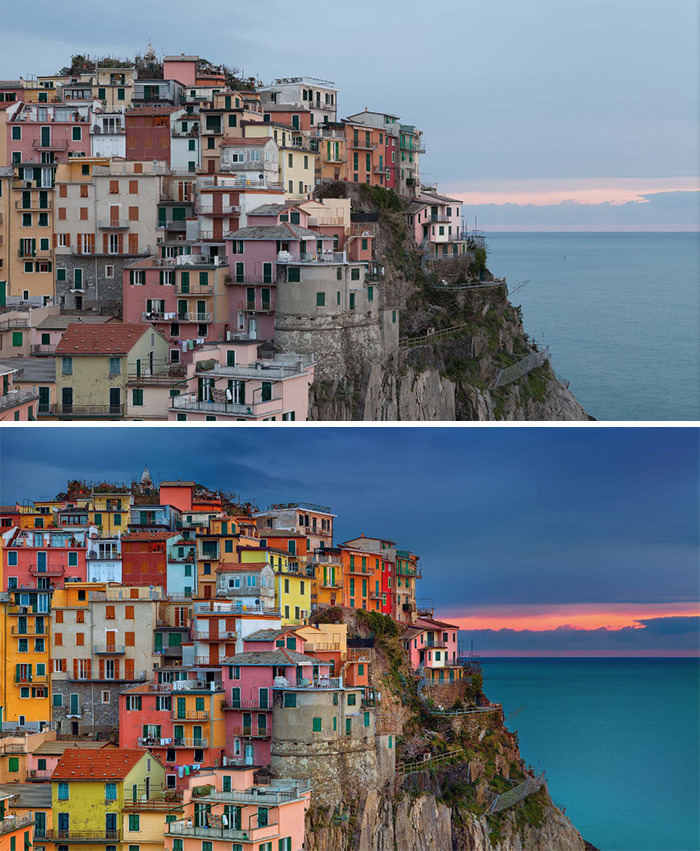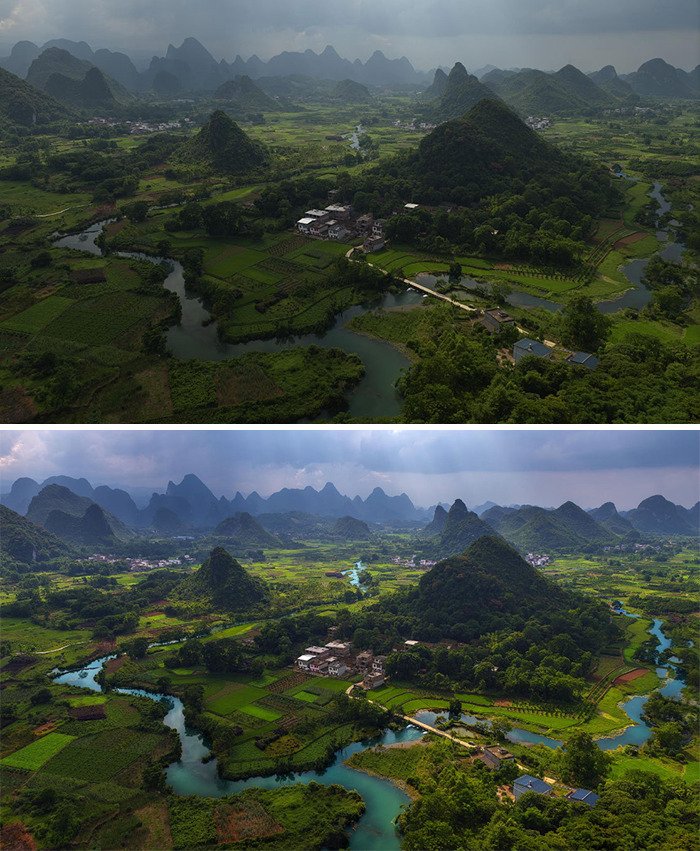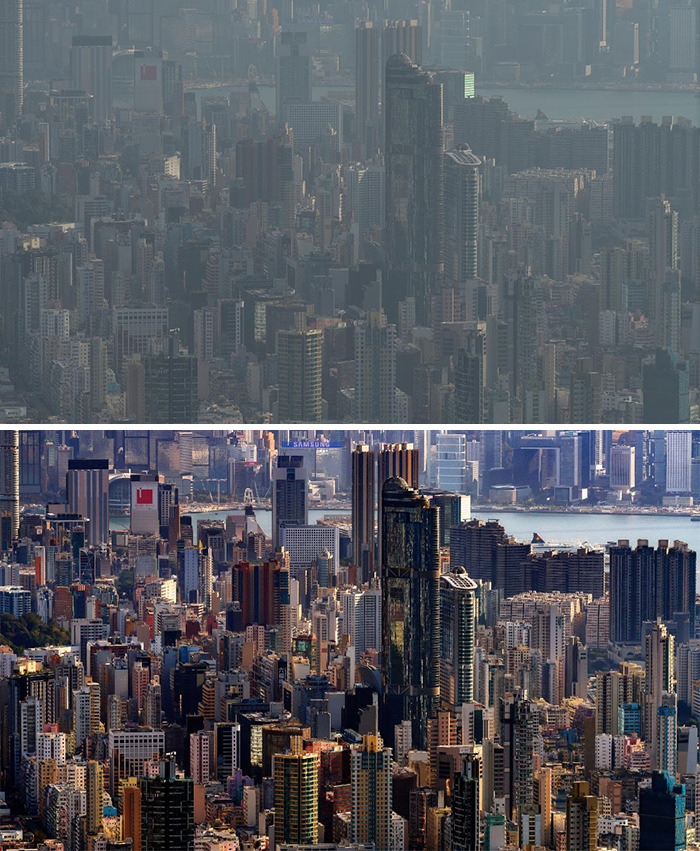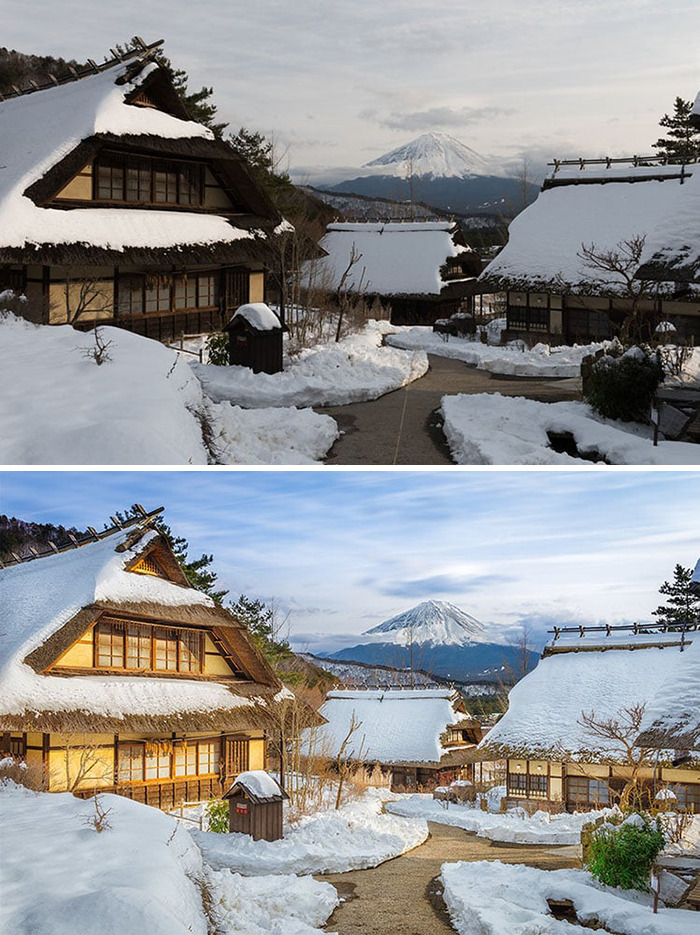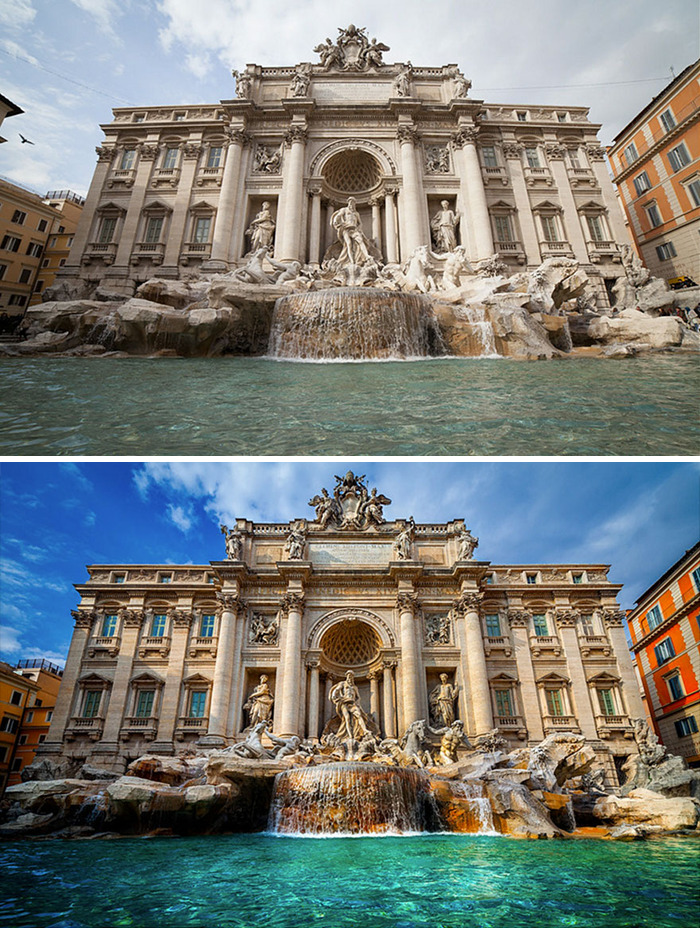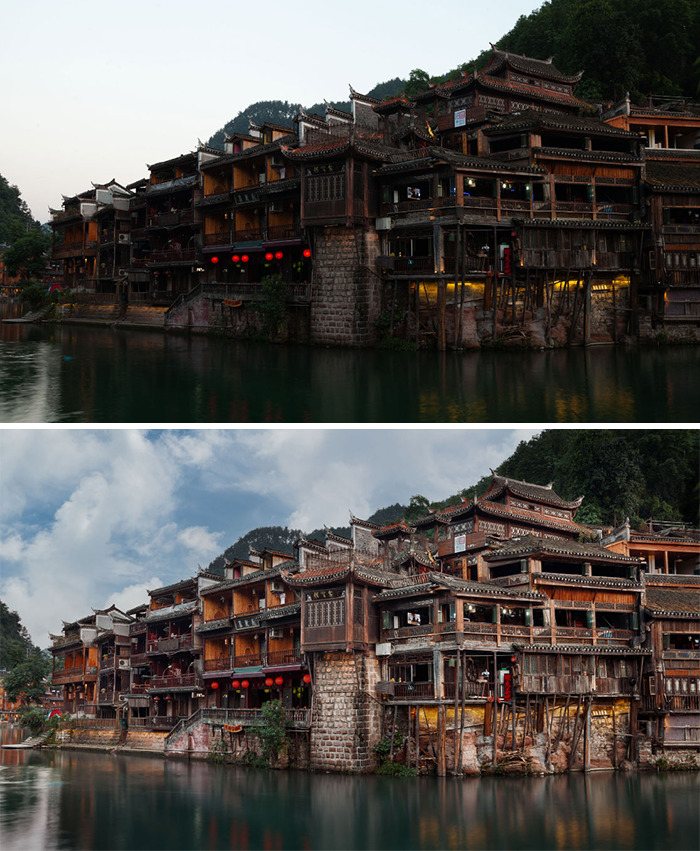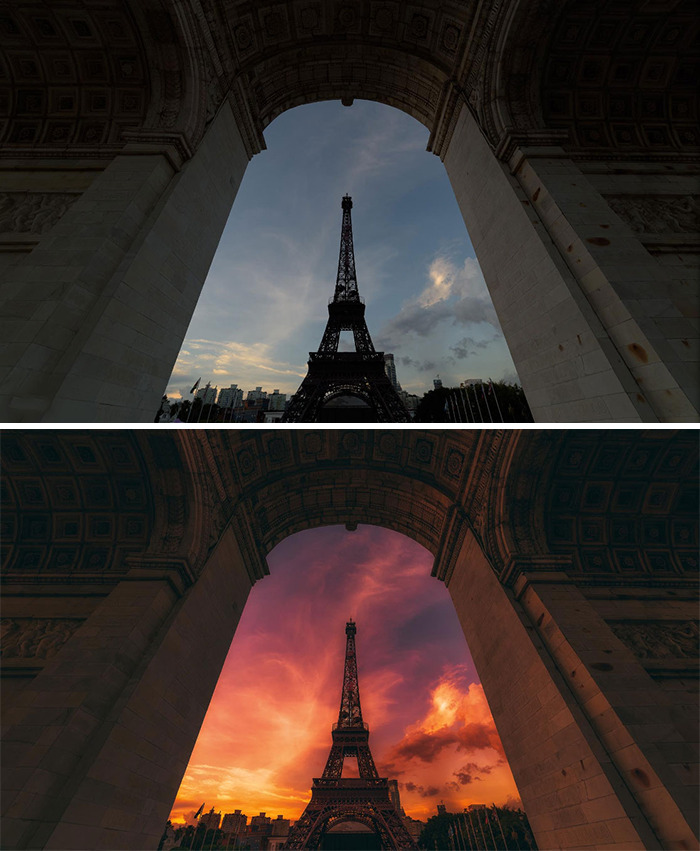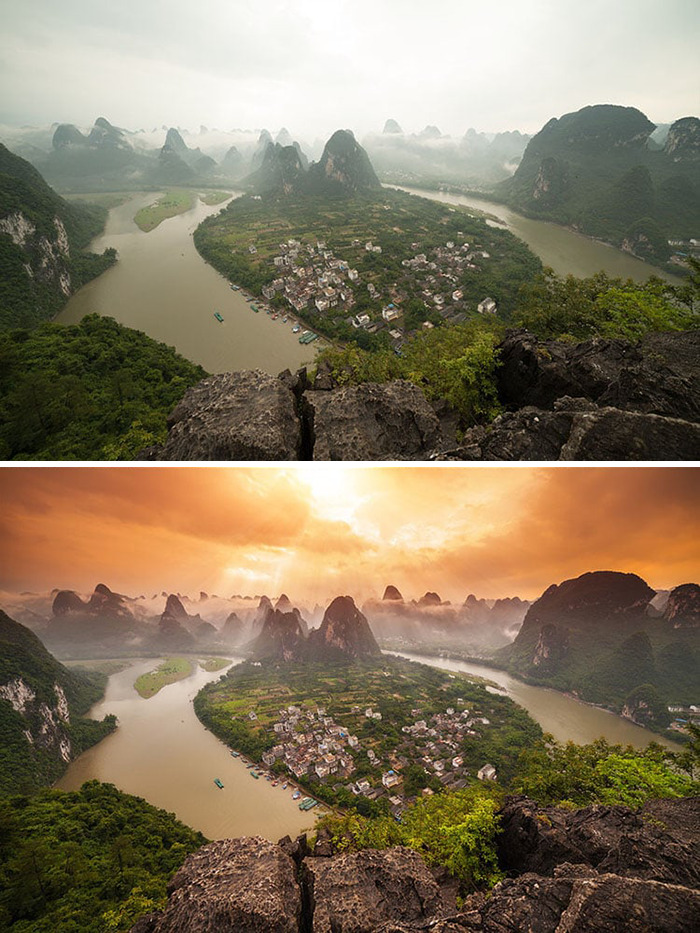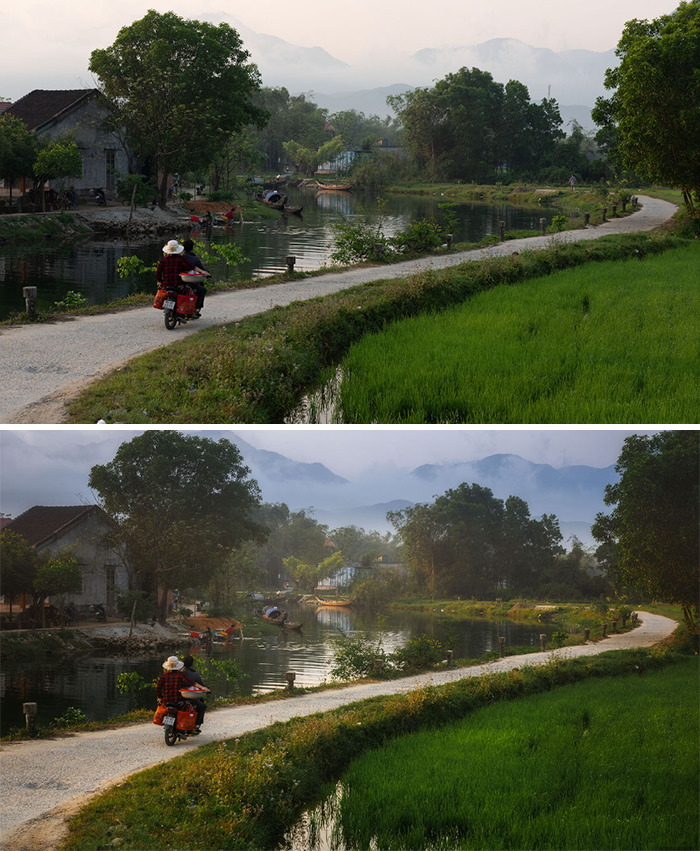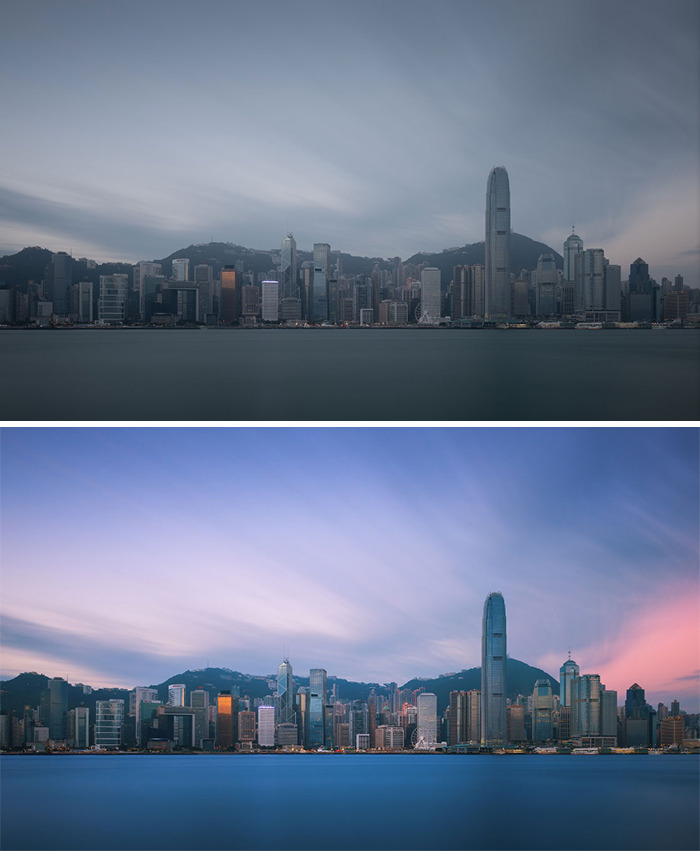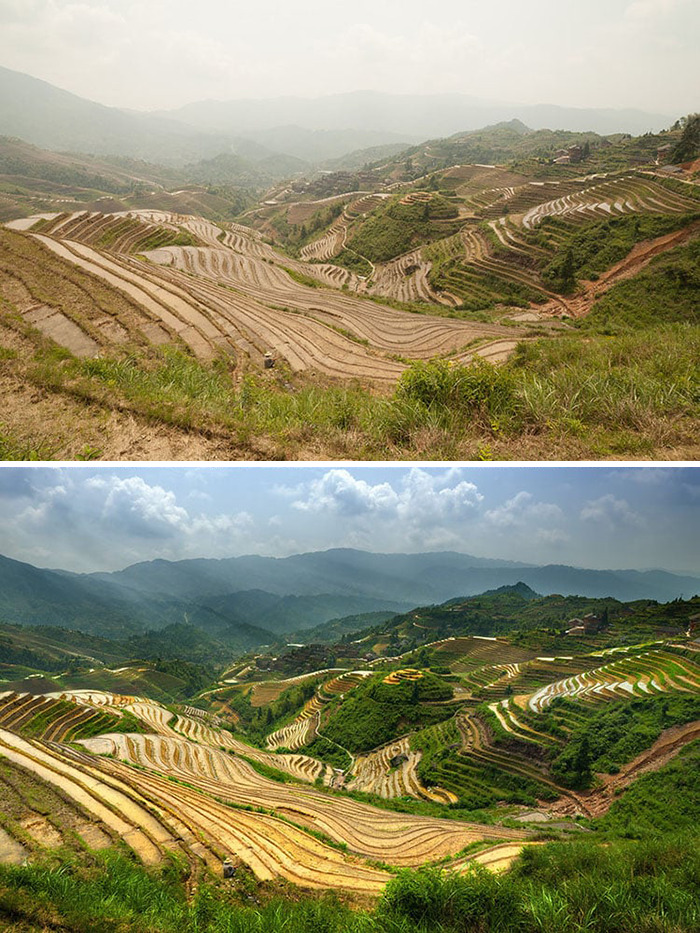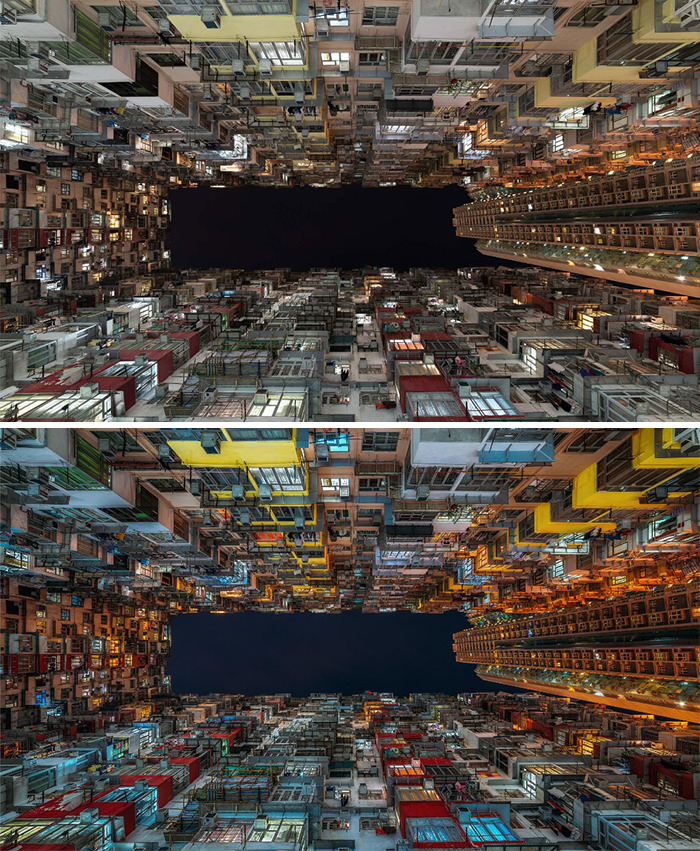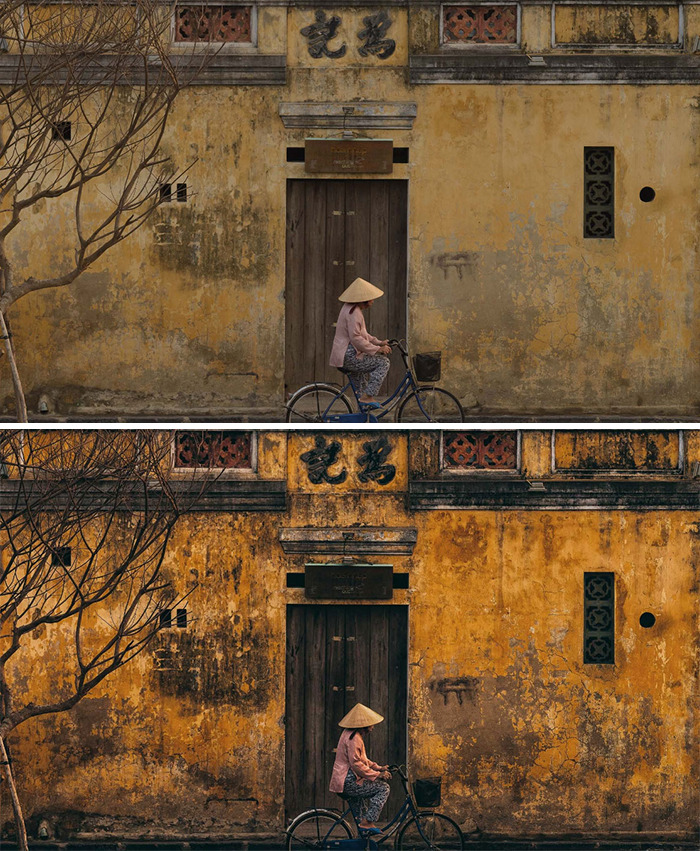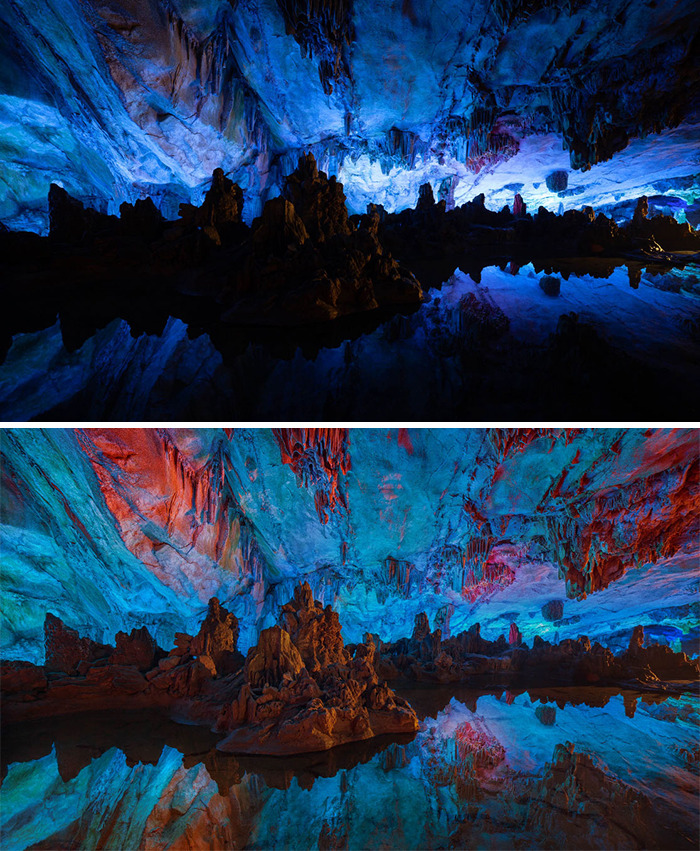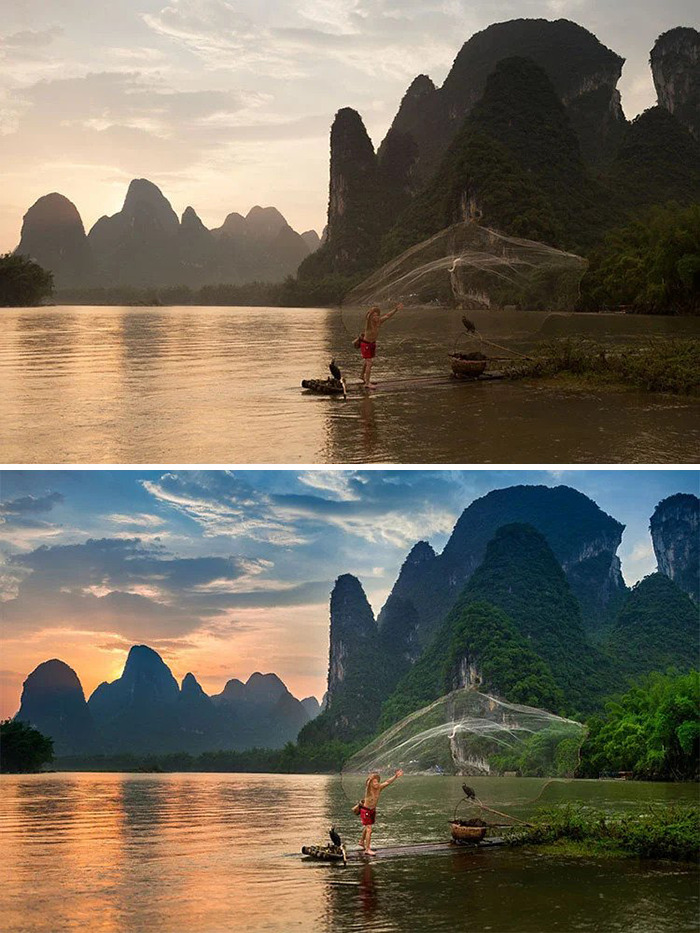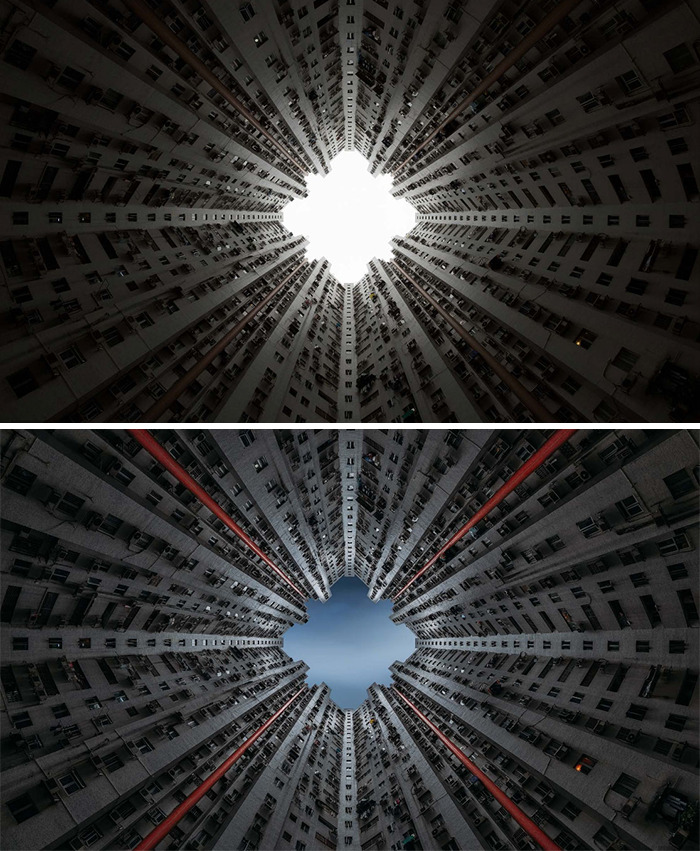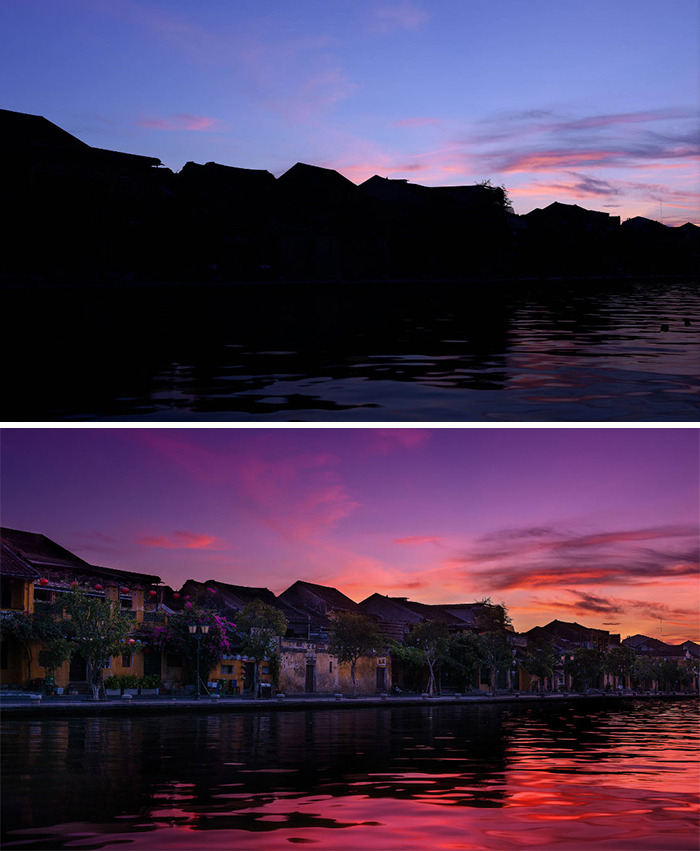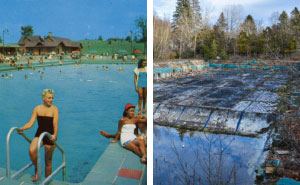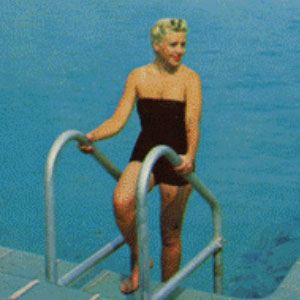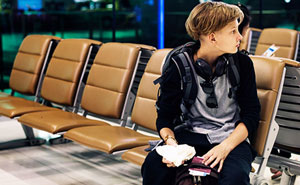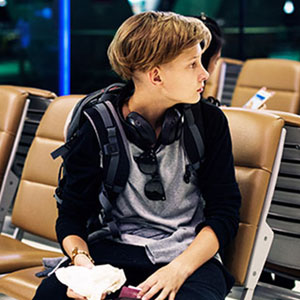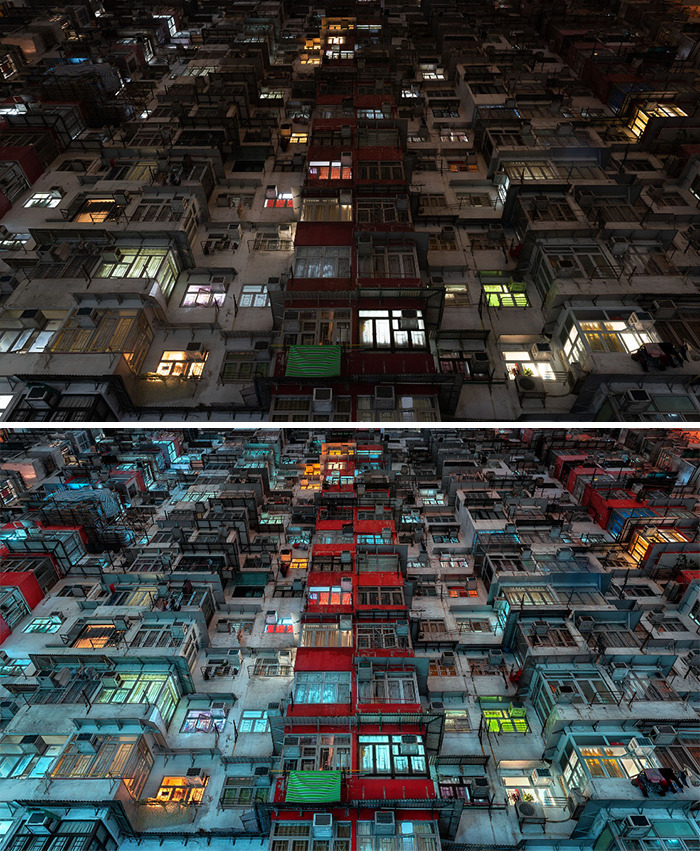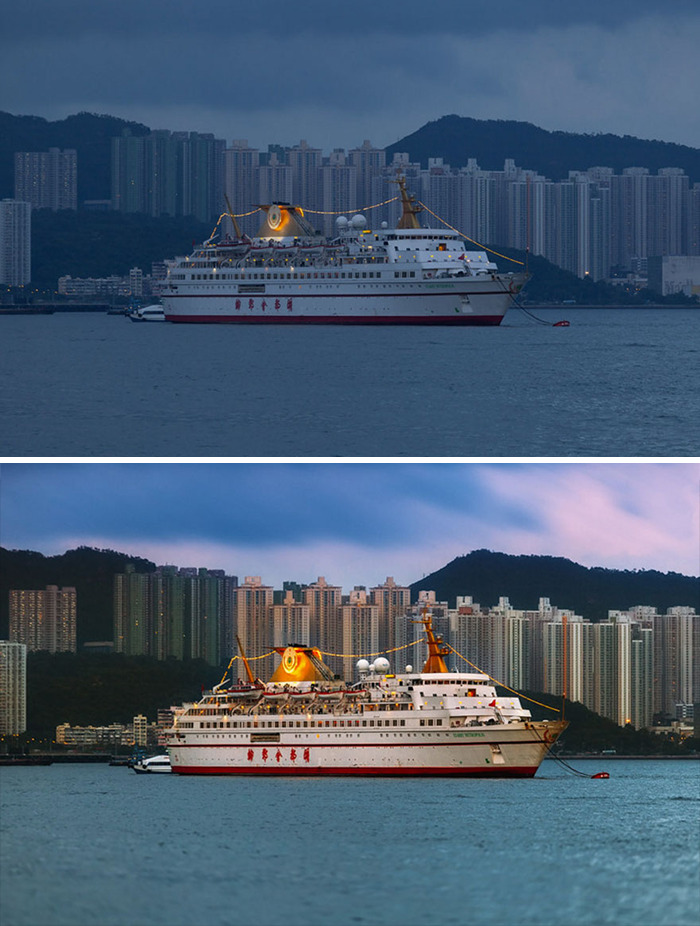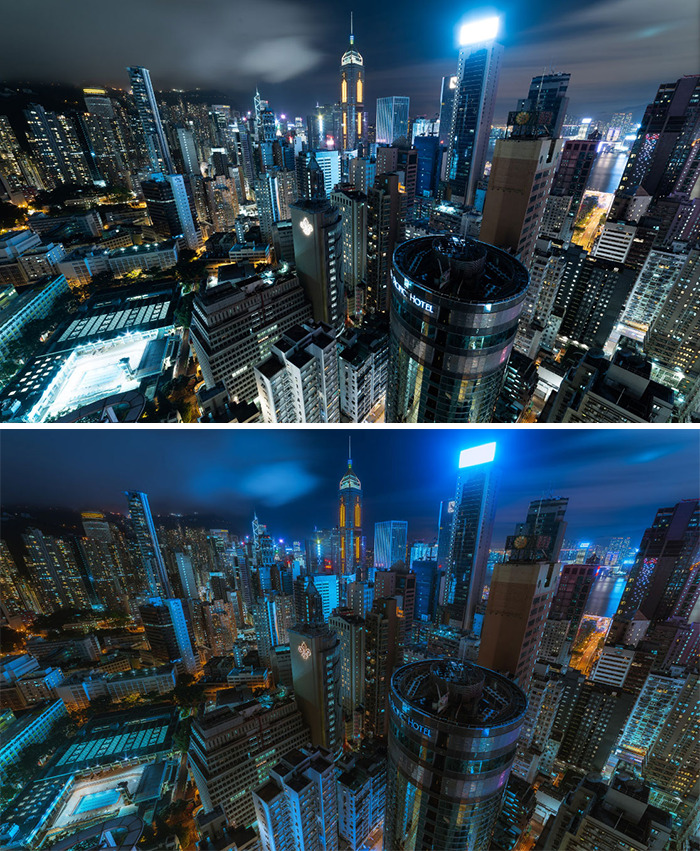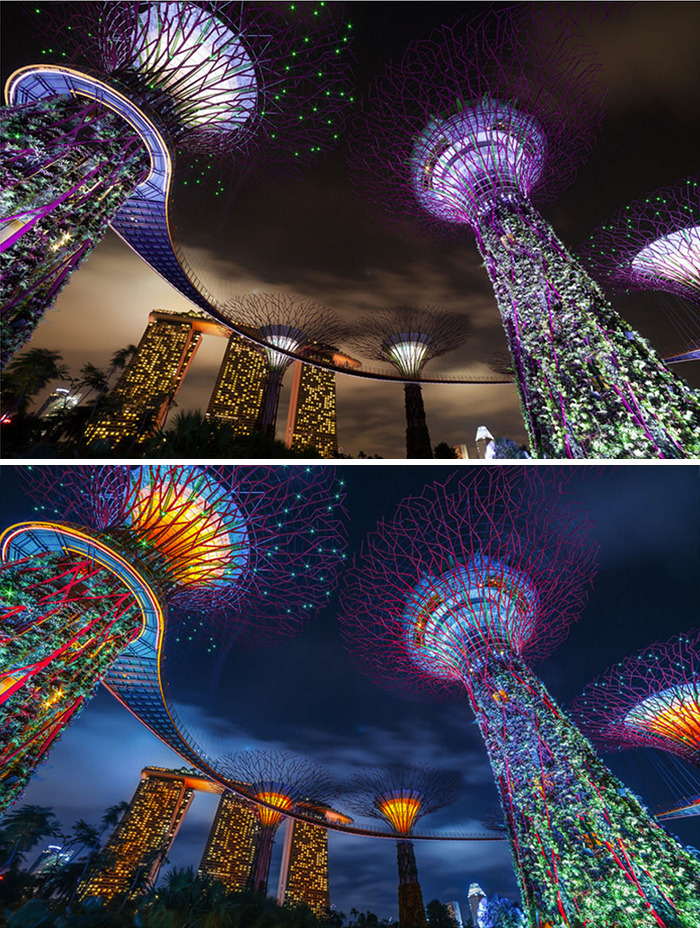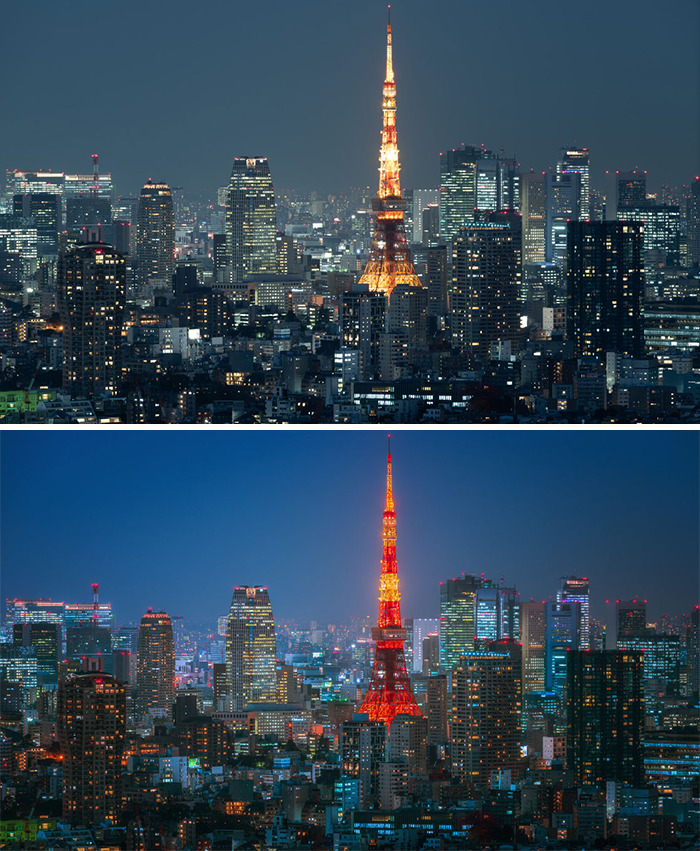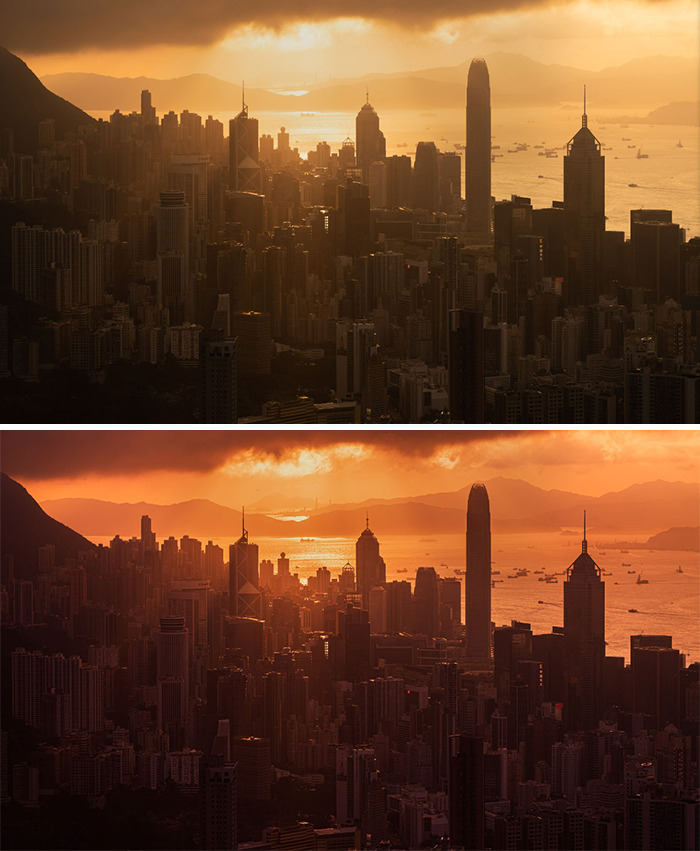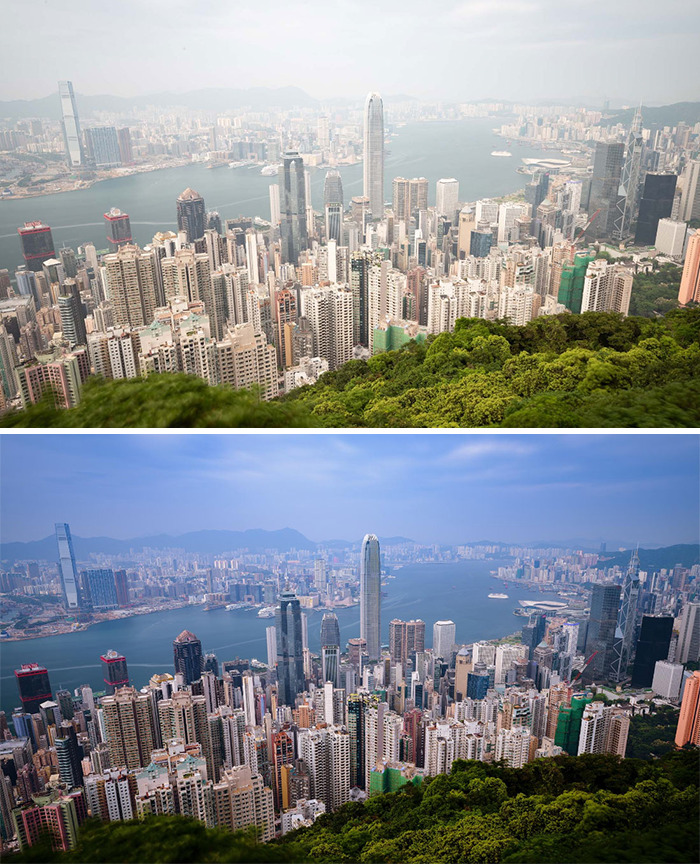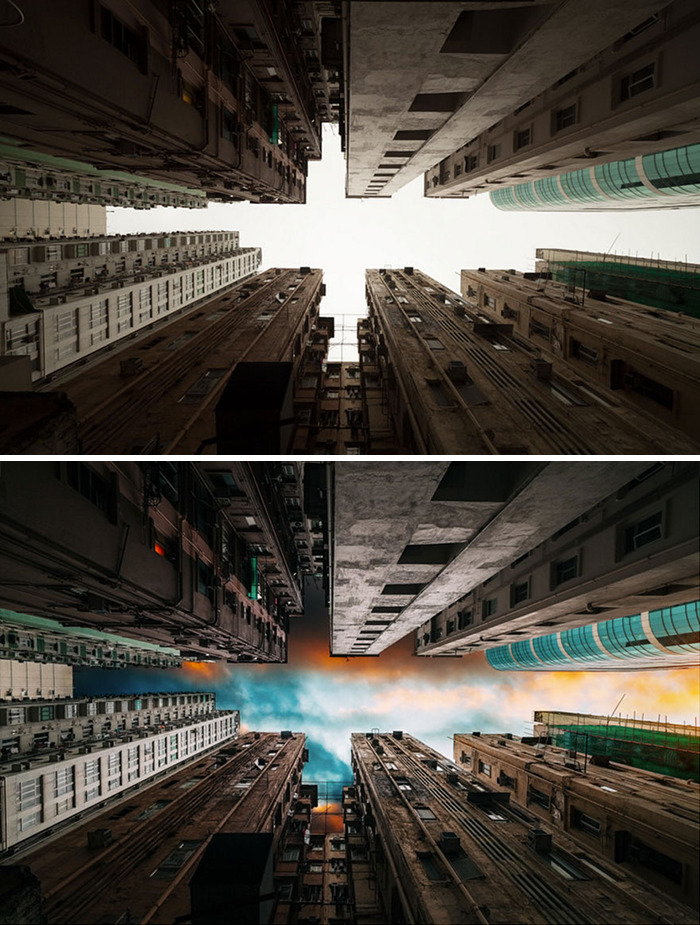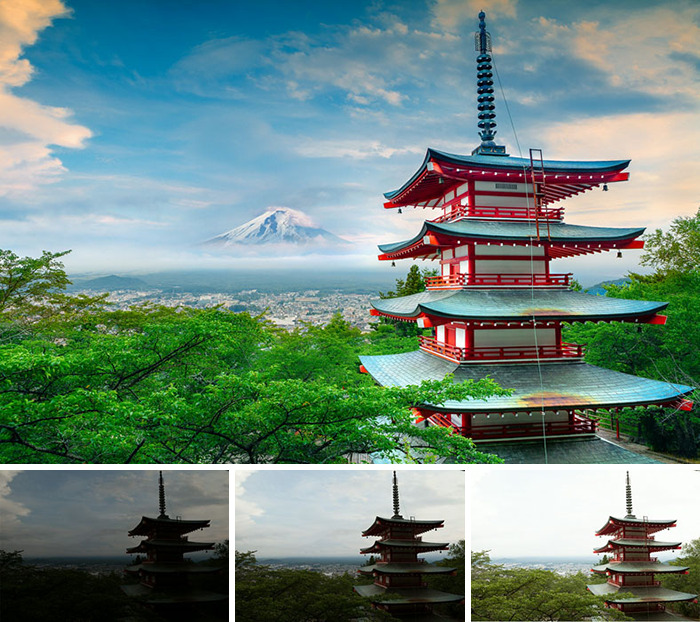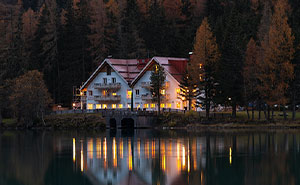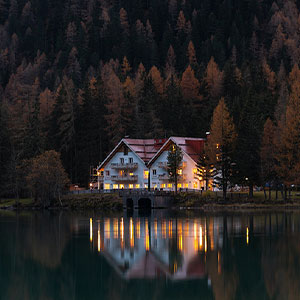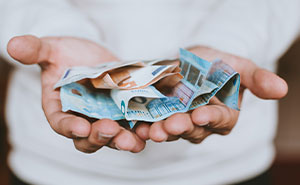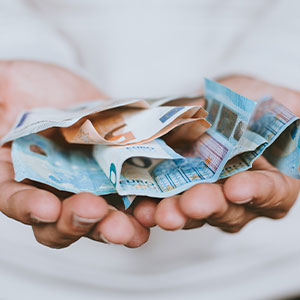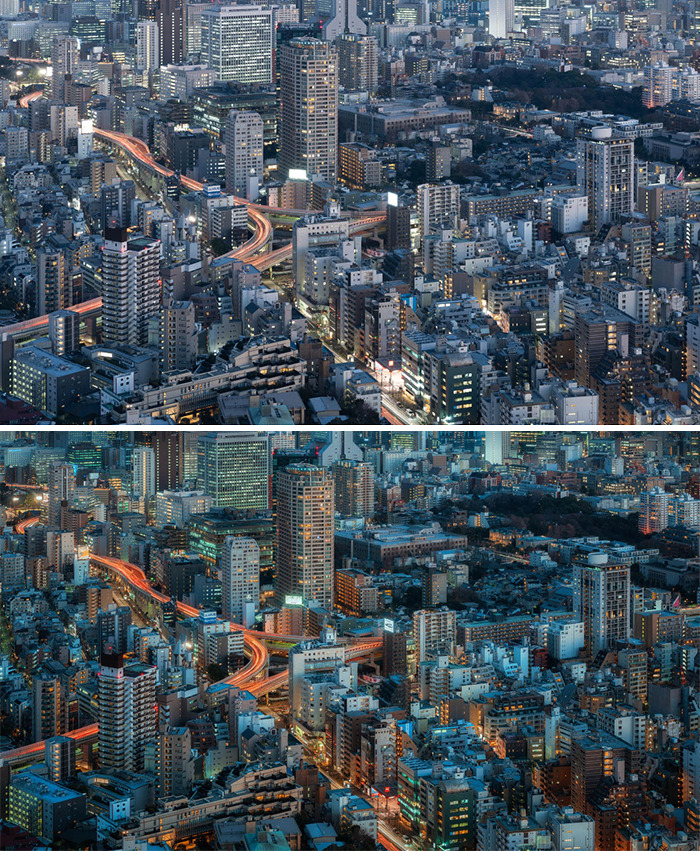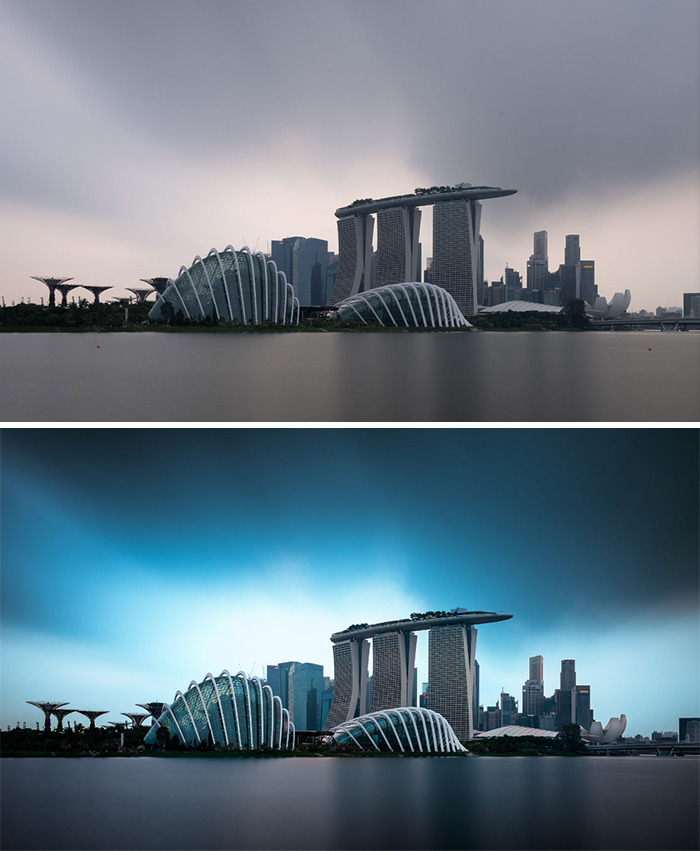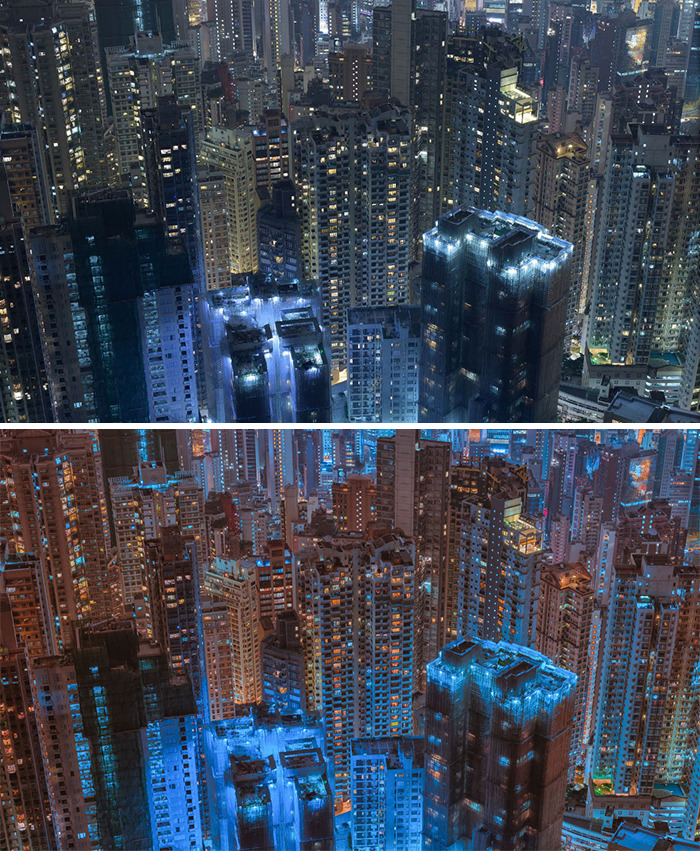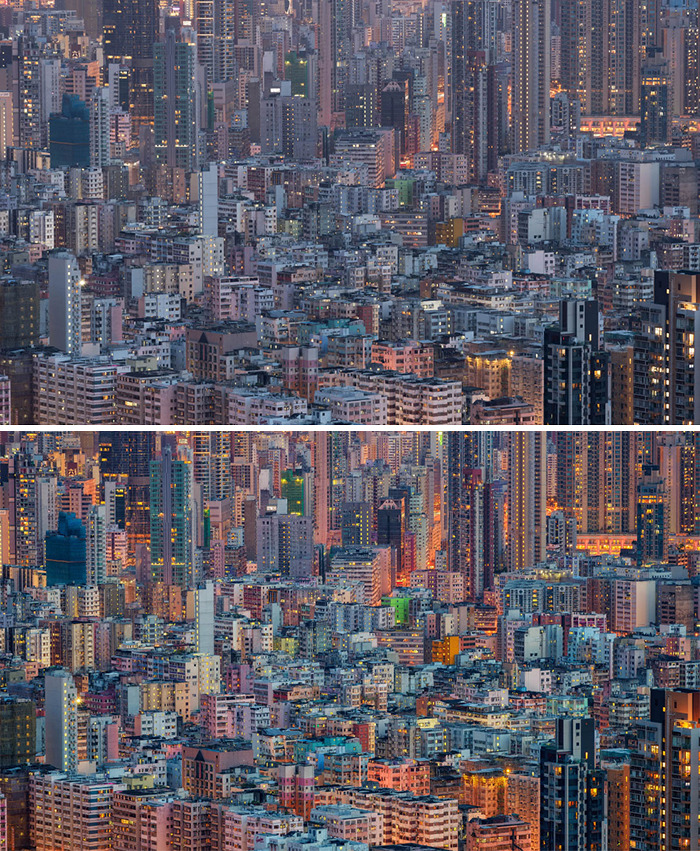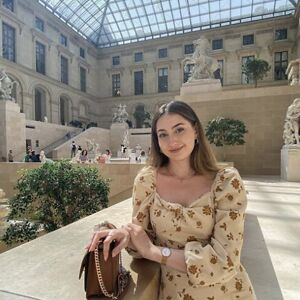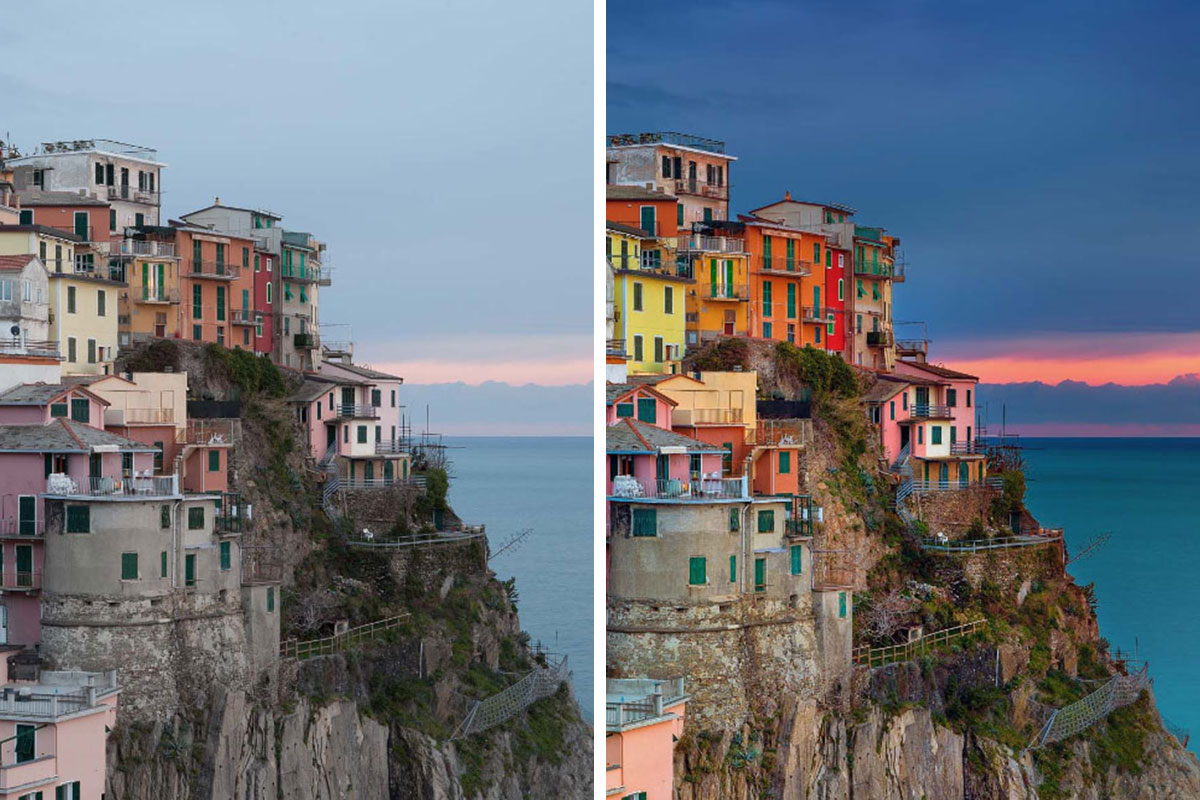
This Photographer Shares His Edited Photos To Show How Much Online Images Are Photoshopped (30 pics)
Taking a good picture isn't easy. Taking an awesome picture is even harder. And taking an impossible picture is, well, impossible. Unless you use Photoshop that is.
Peter Stewart is an internationally published photographer with thousands of followers and millions of views. He's also a wizard with Photoshop, and you can see from these revealing before and after pictures just what sort of difference some clever editing can make.
More info: Peter Stewart | 500px | Instagram | Flickr | (h/t: demilked, PetaPixel)
This post may include affiliate links.
HDR bracketing manually blended in Photoshop. Nik color efex pro used for post-production.
“I like to approach my digital photography with a certain sense of the fantastical and the surreal,” Stewart told PetaPixel. He uses a technique called bracketed multiple exposure, which allows him to retain highlight details from different photographs before stacking them together into one picture.
“These before and after samples are simply meant to highlight what can be done with the power of Photoshop,' says Stewart. "As such, I have deliberately provided the most dramatic examples.”
A camera can only guess the white balance, the settings for a "good" exposure, color saturation, the intention of the photographer, etc. In the end it's all subjective and our eyes and brains do much more "filtering" than the cameras anyways - remember your last awesome sunset and took a picture? that picture likely won't look as good as you remember it was... There's a rough common sense what's visually pleasing and that's what post-processing tries to achieve. Thus there's also no such thing as #nofilter.
Peter Stewart, a skilled photographer, mainly relies on his Nikon D810 for a bulk of his work, attributing its use to its remarkable resolution and the broad latitude it offers for editing raw files. Recently, he has also begun using the Fuji X100f as his secondary, handheld camera for capturing spontaneous scenes during his travels.
Perspective re-correction and power line removal in photoshop. Color enhancements using color efex pro.
His love for street photography is perfectly met by the compact and handy Ricoh GR, while he saves his more bulky DSLR setup for occasions when he's typically tripod based and has a pre-planned setup in mind.
Being a full-time traveller, every piece of equipment that Stewart carries has a weight implication, making minimal lens weight a top priority for him. He generally relies on the Nikon 24-70 f/2.8 & Nikon 70-200 f/4 zooms as his primary optics to cover a wide to tele focal ranges.
For ultra-wide scenes and architecture, his preferred lens is the Samyang 14mm f/2.8 prime. Stewart praises this lens for being an affordable, low-cost, and lightweight option that easily matches the optical quality of many other more expensive wide-angle primes.
Gradual orange sky gradient and color adjustments were performed in adobe camera raw. Sunrays created in photoshop, with an added glow.
Overexposed image with detail brought back using camera raw. Nik color efex pro used for post-production color.
Why do all pics have to look like a nightmare from Technicolour? Most are amazing as they are instead of chaotic colour mix.
Various sky adjustments were performed in Photoshop. Nik color efex pro was used for post-production color enhancements.
I like the fact you can see the person with the net better in the second one but, don't know why they had to mess with the sky.
Nik color efex pro used for post-production color enhancements.
Tonal adjustments were made using nik color efex pro. Composite sky blended into the frame manually.
HDR bracketing composited using photoshop's 'merge to HDR'. Nik color efex pro used for post-production
Note: this post originally had 46 images. It’s been shortened to the top 30 images based on user votes.
To be honest, although the finished photos are beautiful to look at, once we've reached this point, I feel it's no longer "photography" as you're no longer capturing a moment or angle or degree of light. You're using a photograph simply as the basis for a digital artwork, and believe me: I like digital art. I think the photoshopped artwork here is beautiful. But it's not photography. Those images aren't real anymore, and it's no longer just tweaking the light a bit or bringing out the color, but reimagining the whole scene.
Exactly, a bit of tweaking (brightness, contrast etc) it's very useful for photography, but this is indeed digital art.
Load More Replies...This guy is just a very poor photographer. The originals are mostly under-exposed, presumably by just letting the camera do everything for them. Sure, the end results may be stunning, but a real professional photographer should be able to capture the image as it is without resorting to post-processing.
Actually no, a good photographer knows the limits of the sensor and exposes in a way that the best result can be achieved in editing. Depending on what is your style and subjects you will tend to either over- or underexpose. If you overexpose you get better overall picture quality but if you have extreme highlights in the picture you need to underexpose the rest to still get the information in the highlights. Because your eyes do see them as our vision is put together in our brain. The same was done with film by the way, when developing film and bringing it onto paper the same manipulations were done, actually many features in Photoshop are named after processes that were used in film development because they did digitally what labs did analogue.
Load More Replies...To be honest, although the finished photos are beautiful to look at, once we've reached this point, I feel it's no longer "photography" as you're no longer capturing a moment or angle or degree of light. You're using a photograph simply as the basis for a digital artwork, and believe me: I like digital art. I think the photoshopped artwork here is beautiful. But it's not photography. Those images aren't real anymore, and it's no longer just tweaking the light a bit or bringing out the color, but reimagining the whole scene.
Exactly, a bit of tweaking (brightness, contrast etc) it's very useful for photography, but this is indeed digital art.
Load More Replies...This guy is just a very poor photographer. The originals are mostly under-exposed, presumably by just letting the camera do everything for them. Sure, the end results may be stunning, but a real professional photographer should be able to capture the image as it is without resorting to post-processing.
Actually no, a good photographer knows the limits of the sensor and exposes in a way that the best result can be achieved in editing. Depending on what is your style and subjects you will tend to either over- or underexpose. If you overexpose you get better overall picture quality but if you have extreme highlights in the picture you need to underexpose the rest to still get the information in the highlights. Because your eyes do see them as our vision is put together in our brain. The same was done with film by the way, when developing film and bringing it onto paper the same manipulations were done, actually many features in Photoshop are named after processes that were used in film development because they did digitally what labs did analogue.
Load More Replies...